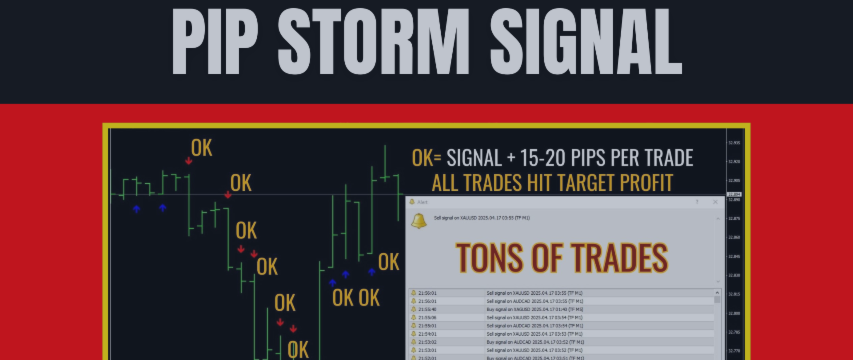Should these big banks be on your radar?

As the banking earnings week continues, sentiment towards the sector remains mixed overall. The country’s two largest metropolitan banks are the most recent to report fourth-quarter results. usa bancorp (NYSE:USB) and PNC Financial Services Group (NYSE:PNC)’s results were fairly mediocre.
Both banks beat revenue estimates for the quarter, but net income was down year-over-year. This was mainly due to one-off costs faced by all large banks. Both stocks were trending lower on Wednesday.
Special assessments have proven to be a drag on profits.
Like the four largest banks that reported earnings last week, fifth-largest bank US Bancorp and sixth-largest bank PNC Financial both received special ratings from the Federal Deposit Insurance Corporation (FDIC). I reduced my income. This special assessment was imposed on large banks to shore up the FDIC’s deposit insurance fund following last spring’s bank deposit crisis. The crisis hit smaller banks harder than the larger ones.
U.S. Bancorp, which reported earnings Wednesday, received a $734 million FDIC special assessment along with $171 million in additional costs related to its recent acquisition of MUFG Union Bank. Adding in the $110 million in charitable donations resulted in more than $1 billion in additional costs, which led to non-interest expenses rising 29% year over year to $5.2 billion.
As a result, despite a 6.2% increase in revenue to $6.8 billion, the bank’s net income for the quarter fell 10% to $766 million, or 49 cents per share. But on an adjusted basis excluding notable items, the bank beat consensus estimates with adjusted net income of $1.5 billion, or 99 cents per share. U.S. Bancorp’s revenue also topped expectations.
It was a similar story for PNC Financial, which reported earnings on Tuesday. Although PNC beat estimates, its profits fell primarily due to increased costs. PNC reported net income of $740 million, or $1.85 per share, down 47% from the previous year. Non-interest expense increased 17%, or approximately $600 million, to $4.1 billion compared to the previous year. This increase is solely due to a $515 million FDIC special assessment and a $150 million workforce reduction charge. However, PNC beat consensus estimates with adjusted earnings per share of $3.16, compared to EPS estimates of $2.99.
PNC also beat revenue estimates, but unlike U.S. Bancorp, its revenue for the quarter was $5.4 billion, down 7% from a year ago. Net interest income decreased 8% to $3.4 billion, primarily due to increased financing costs. PNC reported net interest margin of 2.66%, down 26 basis points from the fourth quarter of 2022.
Outlook to 2024
As mixed as the fourth quarter was for these banks, 2024 looks set to be more of the same. On an earnings call with analysts, U.S. Bancorp officials said they expected net interest income (NII) to be between $4 billion and $4.1 billion. The first quarter of 2024 will keep pace with the fourth quarter.
According to the outlook, PNC expects net interest income to decline 4% to 5% for full-year 2024 and total revenue to decline a steady 2%. Loans are expected to increase by 1%.
This will be an interesting year for banks. This is because lower interest rates impact net interest income. But there are also concerns about the economy and whether this could impact lending growth.
Although both companies have uncertain prospects, both companies have strong dividends. U.S. Bancorp raised its dividend for the quarter to 49 cents per share, marking its 13th consecutive dividend increase. It shows an excellent rate of return of 4.74%.
PNC maintained its dividend at $1.55 with a yield of 4.16%. Like U.S. Bancorp, it’s a better-than-average yield, and PNC has also increased its dividend for 13 consecutive years.
In fact, PNC and US Bancorp offer two of the best dividends in the industry, so it’s worth looking at them on that basis. Beyond that, the outlook for both is not so clear, so caution is needed. Of the two, US Bancorp appears to be the better option as it completes the integration of MUFG Union Bank and begins to see benefits from cost synergies and expanded revenue opportunities.


